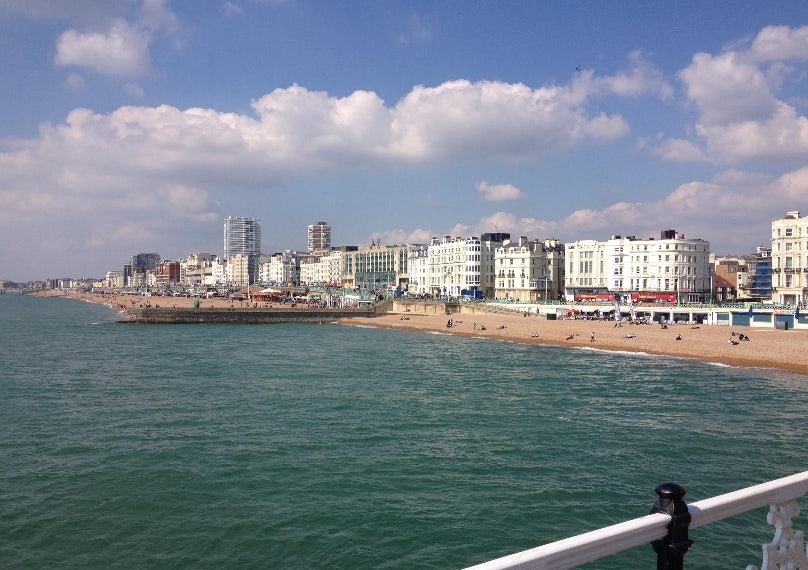BrightonSEO has come and gone again. As sites across the web rush to publish roundups of the speakers’ slide decks, we thought we’d rather share with the industry the top 10 takeaways that we took from the final session of the day.
Aaron Friedman (@AaronFriedman) & Shelli Walsh (@ShelliWalsh)
Create data from data. Make infographics by combining data from many different sources into one place and visualising the results. There are very few new id eas, so combine two old ideas together instead. A great way to do this is to use an ideas wall.
John Hutson (@johnhutson)
Don’t just create content for the sake of it – make sure you add context. Don’t be afraid to comment on the sector that you work in either, it garners trust. Talk about your industry as a whole and consumers will see you as more than just a neutral brand.
Lukas Zelezny (@LukaszZelezny)
To deliver a quick traffic uplift at the start of a project, combine landing page and assumed referring keywords data (i.e. from Search Metrics or similar) and optimise those landing pages for those keywords/topics. Ensure there’s a relevant landing page for all of these referring keywords.
Gisele Navarro (@ichbinGisele)
Link building and PR follow ups can deliver great results, however people often either simply forward an email or just send a new email about the same subject when chasing a contact. Be inventive and play with your follow up emails instead – like changing the subject heading. But don’t follow up more than once.
Kirsty Hulse (@Kirsty_Hulse)
Always test your content. Use a service such as feedback army for really cheap feedback on your ideas.

Ian Miller (@millerian)
Understand that there’s no such thing as a free link – it’s still a transaction of sorts. There’s still a cost to it, whether it’s in the form of a paid link or through PR and content marketing, and that should always be kept in mind.
Matthew Brown (@MatthewJBrown)
Remember that you actually need only a very small number of citations in the right local directories in order to list well locally on Google now – target a very small number of citations to rank highly in local SERPs.
Dipesh Pattni (@Dipesh_Mode)
For your next infographic, use a survey service/company. Collate more than 2,000 respondents and it becomes newsworthy… then you can use it for PR too.
Andy Miller (@andyjm101)
Go into Google Analytics and check out your content URLs. Strip the extra variables off the end so that the URLs make reporting a lot tidier. You can then group content URLs in content groups in order to analyse SEO performance and prove ROI.
Gary Moyle (@garymoyle)
Think beyond the top ten of Google rankings. Make sure you understand your own click-through-rates and think about how you can elevate content in order to make more pages relevant for the things people are searching for. For retailers, try a rule-based solution for deeper pages (i.e. at Impression we usually use “Product Name | Category | Brand name”) and then manually optimise important pages.
We really liked what we heard at the conference. A lot of consolidation of cutting edge industry news and a good handful of new ideas too. If you missed out and want to know more, just leave us a comment below!
To view the full collection of speaker decks, click here.



